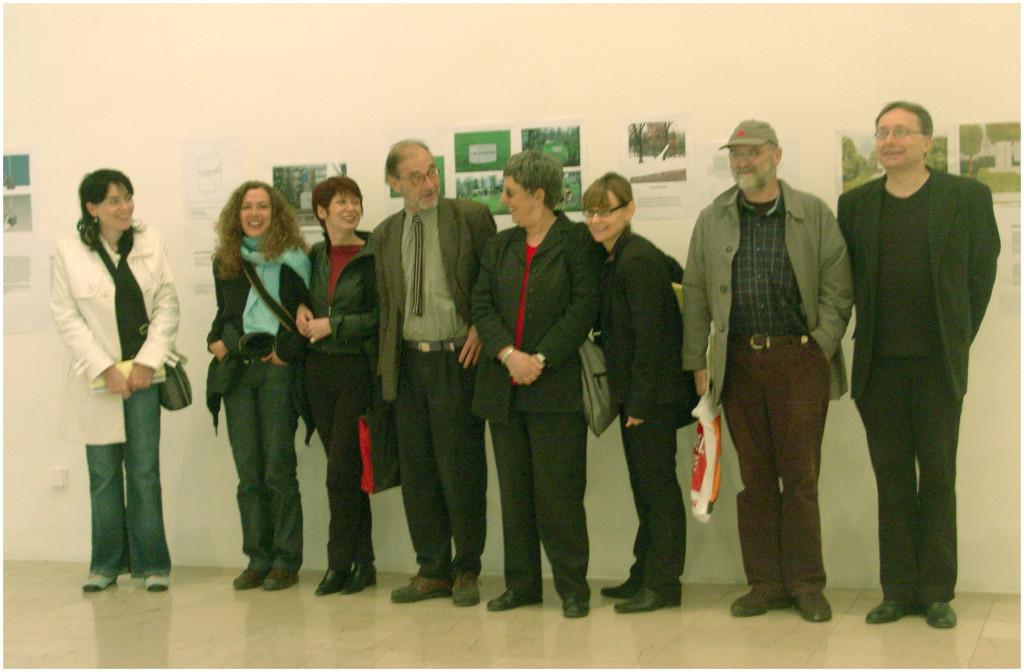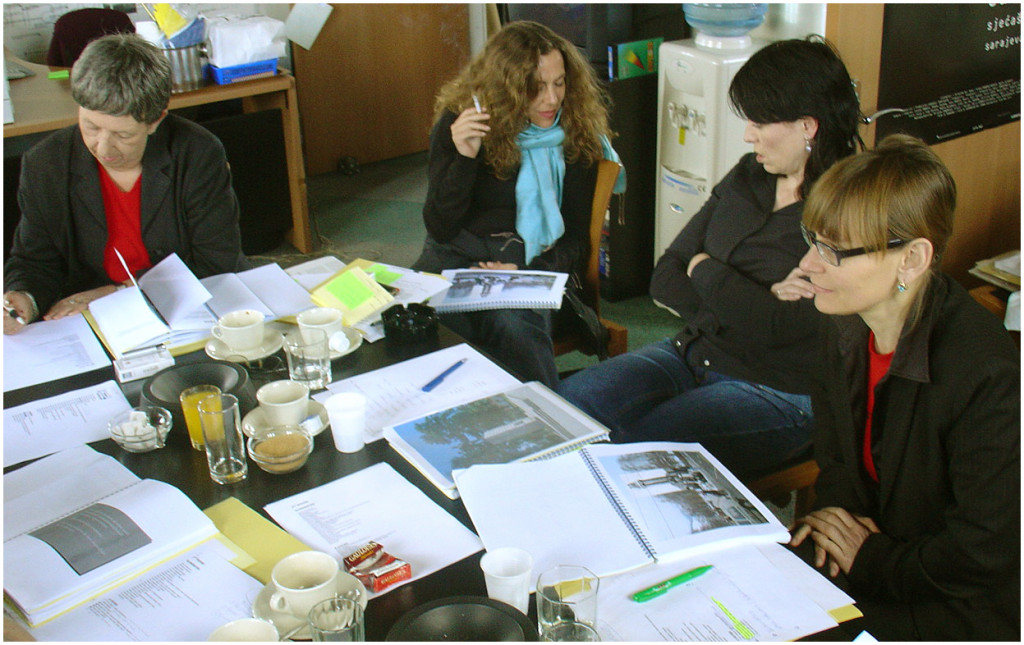Decisions and explication of the jury
Decisions and explication of the jury, consisting of:
- Meliha Husedžinović, President of the Jury, art historian and director of the National Gallery of BiH (Sarajevo);
- Marina Gržinić, curator, art theoretician and art critic (Ljubljana);
- Želimir Koščević, art critic and curator of the Museum of Contemporary Art (Zagreb);
- Shkelzen Maliqi, philosopher and director of the Center for Humanistic Studies “Gani Bobi” (Priština);
- Frieder Schnock, artists, art historian and curator (Berlin);
On April 29, 2005, the Jury announced three (3) ex aequo finalists:
- Braco Dimitrijević
- Nermina Omerbegović and Aida Pašić, Eglen Park or Pedestal for Remembering
- Nebojša Šerić – Šoba, Monument to the International Community
The works of Braco Dimitrijević and Nermina Omerbegović & Aida Pašić were voted by way of consensus, while the work of Nebojša Šerić – Šoba won four (4) votes while one member of the Jury abstained.
The Jury has based its proposals on the published criteria of the competition taking into account three additional aspects: international context, younger generation of artists and gender.
The Jury has decided to mention that in the next phase a special attention needs to be paid to the locations where works would be installed. These works may be referred to as temporary public installation. This is also the main feature of what we imply by a new monument that initiates and motivates discussion and communication.
And, finally, the Jury has decided to recommend to the Museum of the City of Sarajevo or to relevant City authorities to take into consideration the possibility to install on a temporary basis the works of the group TRIO (Bojan and Dada Hadžihalilović) and Sanjin Selimović at the sites to be proposed by authors themselves thus giving an impetus to the solution of the problem of these, now devastated monuments.
The realization of the new monument
January 2005-January 2006
The process of realization includes, besides “materialization”, negotiations with local city/cantonal authorities concerning location, legal permissions etc.
The new monument(s) will be offered to the city/cantonal authorities as a gift, with the obligation of their permanent installation in a public space. That will be the test of the functioning of relations between the governments and civil initiatives and the answer to the question: Who owns the public space?

